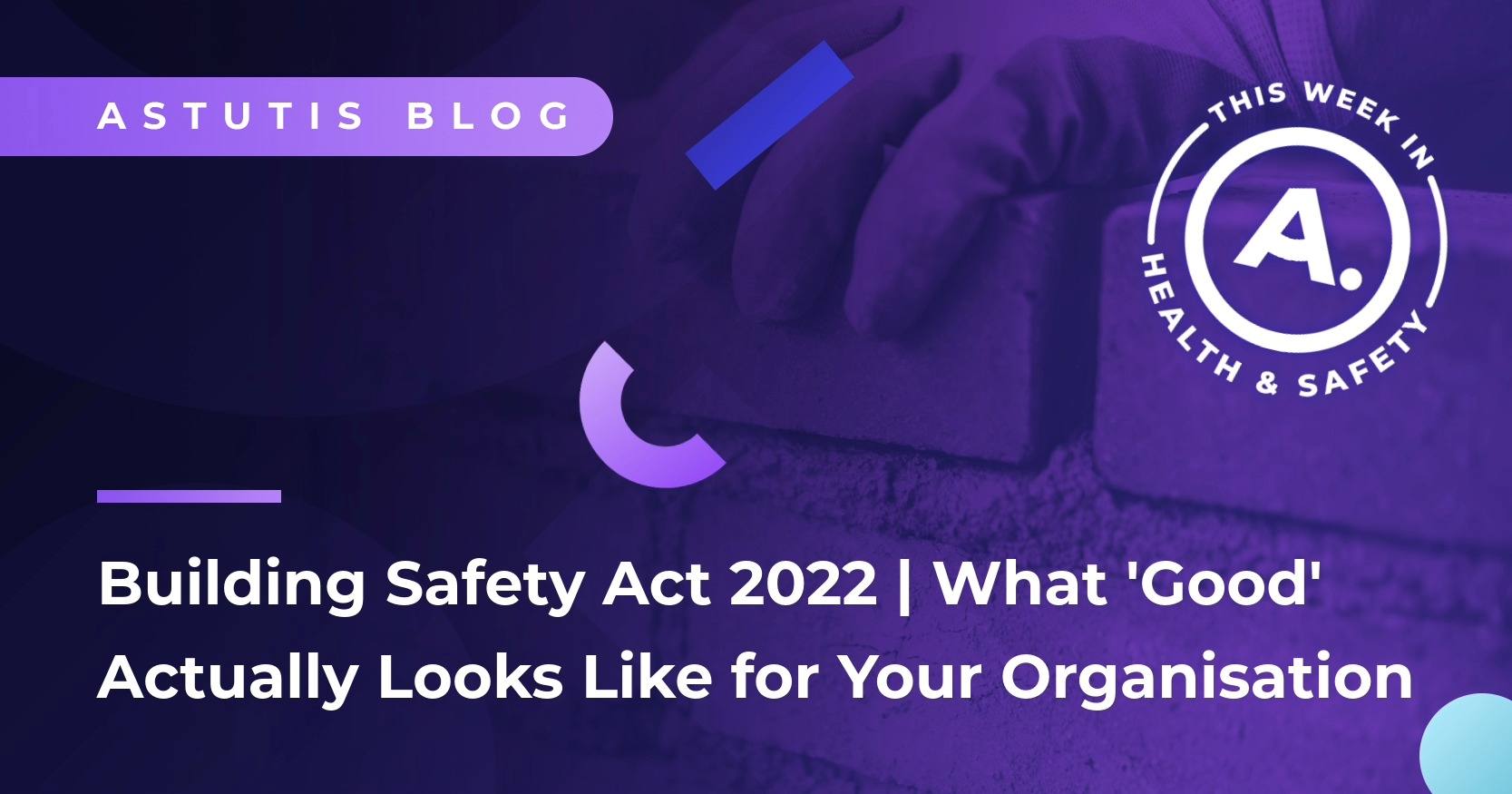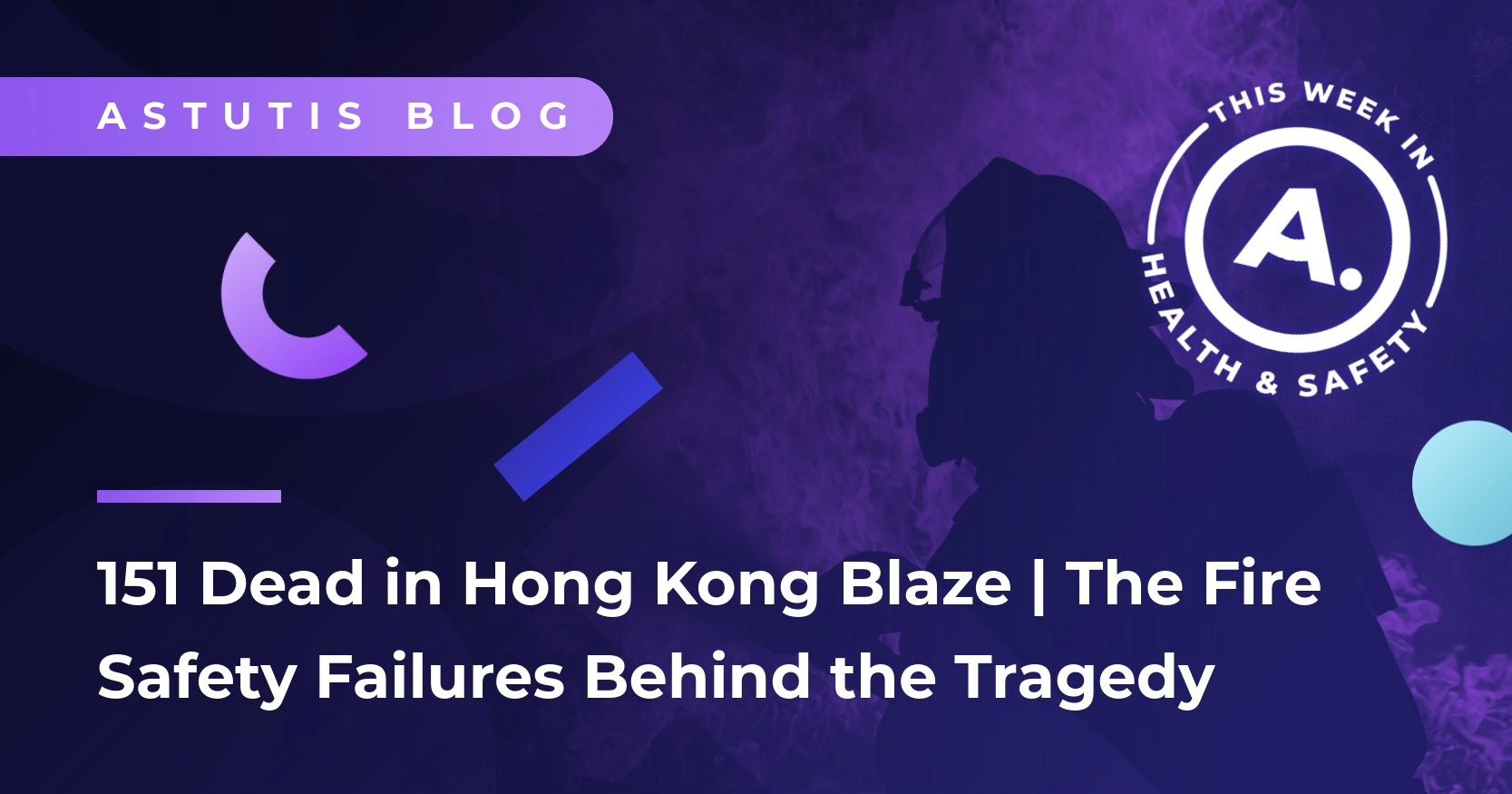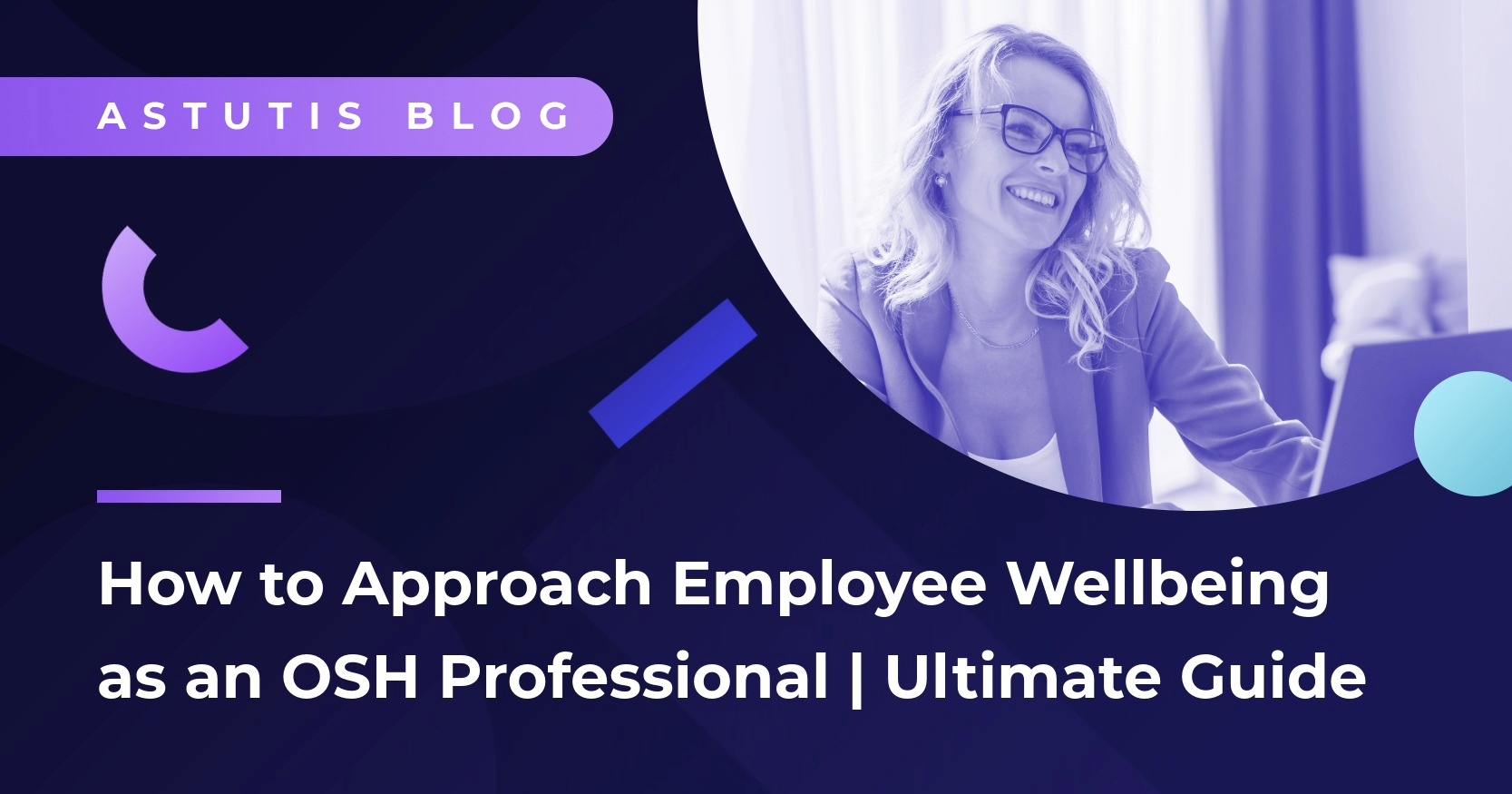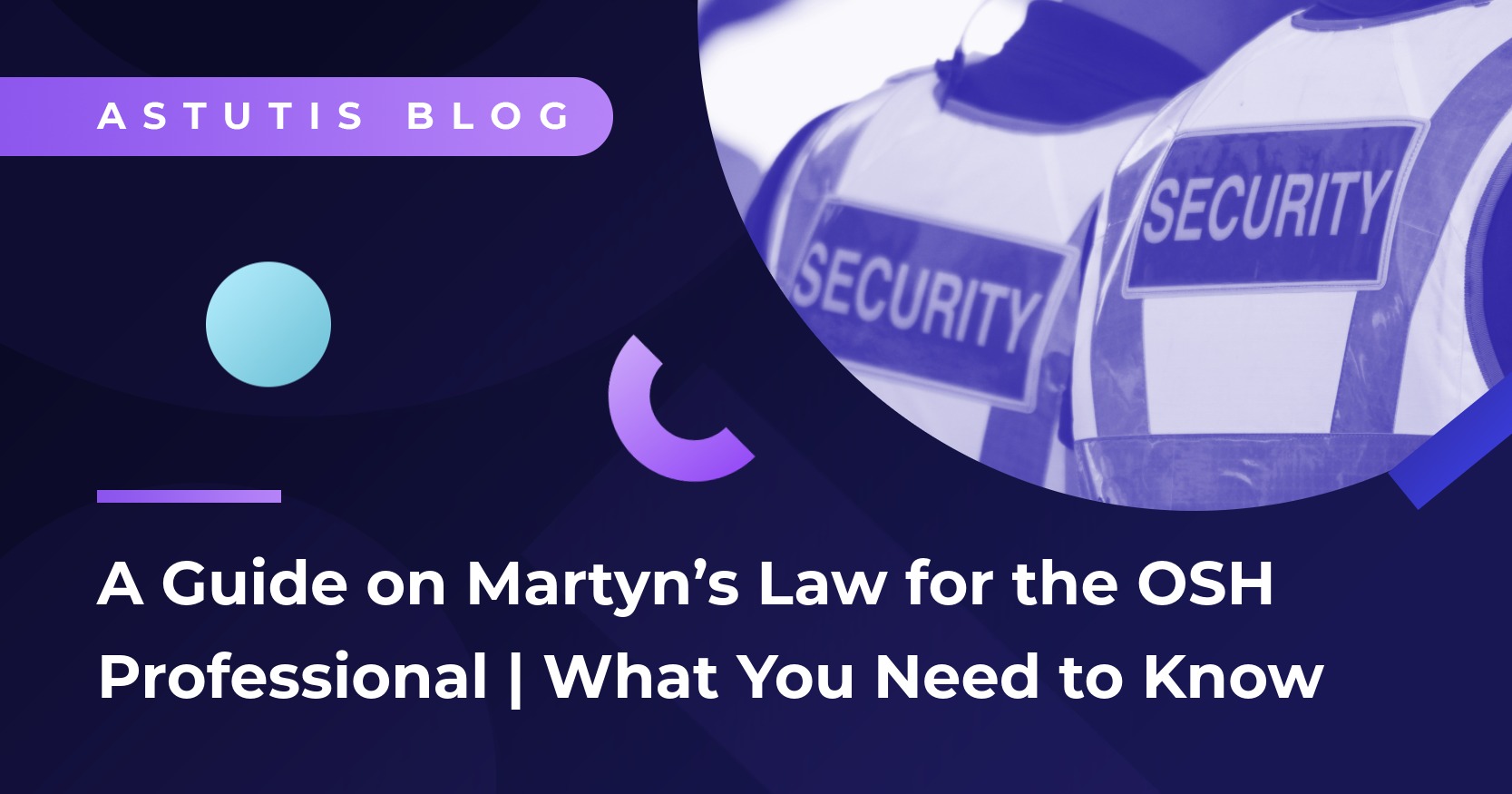CDM 2015: Three Years On
So, coming to the end of the first three years of CDM 2015, we might ask what has changed?
The Injury and Ill-Health Picture
Headline health and safety statistics published by the HSE in 2017 for the construction sector in Great Britain suggest that not a lot of change has happened, in terms of the overall industry picture.
The Labour Force Survey (LFS) indicates that the rate of self-reported work-related ill health (musculoskeletal disorders, stress, depression and anxiety) has been broadly flat in recent years. The incidence rate of all self-reported workplace injury (per 100,000 workers) continues to be statistically significantly higher than the rate for workers across all industries (each year around 2.9% of workers in the Construction sector in GB are injured at work).
If there is any good news, the rate of fatal injury is now less than a quarter of what it was in 2000/01, however, the rate of change is getting slower as the number of fatalities falls. Perhaps the 2017/18 figures might show an improvement in the overall figures, or are these numbers set to continue for the foreseeable future?
Fines Are Getting Bigger
Change has undoubtedly come to the regulatory process during the first three years of CDM 2015. Enforcement data from the HSE suggests that the introduction of the sentencing guidelines in 2016 appears to be having an effect on the level of fines being awarded by the courts. The average fine per conviction in construction prosecutions during 2016/17 was £77,000, which is more than double what it was in the previous year. This is despite there being a 17% reduction in the number of HSE and Procurator Fiscal prosecutions completed. We seem to be getting used to seeing the courts awarding large fines for a range of breaches of CDM 2015, based on company turnover.
The Regulator’s Perspective
The bedding in process for CDM 2015 appears to be continuing. For example, in a recent interview published by the Association for Project Safety (APS), Gavin Bull (HM Inspector in HSE’s Construction Division) provided a current regulator’s perspective on the principal designer (PD) role.
One point stressed was that the PD function is envisioned to be delivered, in the main, by organisations, emphasising that the HSE would not consider the principal contractor (PC) role to be an individual, so the PD should not be any different. In fact, CDM 2015 sets out identical duties for the PD and PC to ‘plan, manage, monitor and co-ordinate matters relating to health and safety’ with the only difference being the reference to ‘pre-construction phase’ at Regulation 11(1) rather than ‘construction phase’ at Regulation 13(1).
Challenging Perceptions
The HSE also consider that there are still many perceptions and behaviours to be challenged in the construction industry. These include the perception that designers and other duty holders under CDM 2015 can delegate the accountability for health and safety in their projects to a consultant, and that different standards apply for notifiable and non-notifiable projects. Given that CDM 2015 has been in place for almost three years now, it might be tempting to criticize organisations who have failed to fully understand or apply the regulations. However, the HSE appear also to appreciate that, like many things in life, change takes time and may not be so easily achieved.
For example, in using a model (see Figure 1) to illustrate the emerging nature of the PD role from pre-2015 to 2020 and beyond, the HSE expect that the PD role will eventually and ‘automatically’ be undertaken by lead designers with no support from other advisors.
Clearly, the importance of designers fulfilling their health and safety role in construction projects cannot be overstated. The construction industry, therefore, might expect that lead designers, alongside the other duty holders, will take the lead and play a significant part in reducing the health and safety risks arising from their projects.
The Grenfell Tragedy
Tragically, alongside the continuing bedding in and application of CDM 2015, we have witnessed the terrible loss of life and continuing suffering from the Grenfell Tower fire. The public enquiry is now getting underway and will hopefully provide direction as to how, from a multi-level perspective, that what went so disastrously wrong can be prevented in the future.
An independent review is also examining the regulatory system around the design, construction and on-going management of buildings in relation to fire safety, and related compliance and enforcement issues.
The requirements of CDM 2015 and the Regulatory Reform (Fire Safety) Order 2005 are central to the present regulatory system. As such, we might anticipate the outcome of the review will provide recommendations for change aimed at ensuring the regulatory system for the construction industry is fit for purpose.
Step Up To the Mark
The construction lawmakers and regulators can only do so much. Fundamentally, it would appear that greater efforts are required from all duty holders (clients, designers and contractors) to work together to ensure the annual toll of death, disease and misery is reduced.
At this point in time, three years on, it appears essential that all CDM 2015 duty holders step up to the mark, ensure that everyone involved in construction projects take both health and safety matters seriously, understand their statutory responsibilities, and challenge those who pay lip service to this most basic of project management issues. Moving from simple compliance to a proactive and natural approach to CDM 2015 might well be a focus for all duty holders over the next few years, not just another good idea.
David Bryan is a Certified Member of the Association of Project Safety having taken specialist examinations in construction communication, health, fire, and asbestos management.
*A review of CDM 2015 was also conducted one year after its launch*
Please click below to see our CDM courses!
Related Blogs

Real Life Stories









